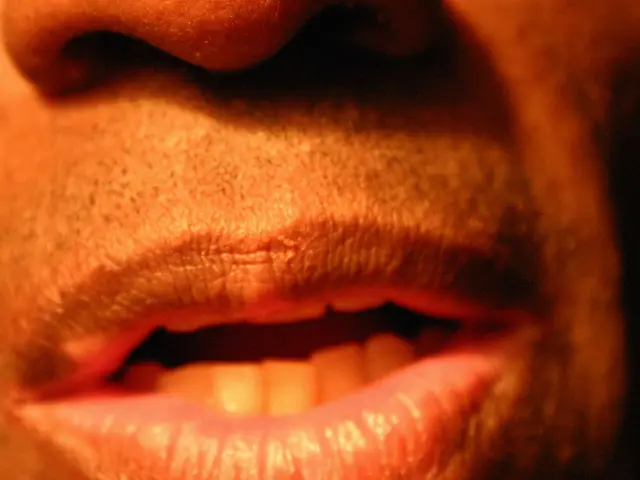Muscle Inflammation: Characteristics, Signs, and Remedies
Myositis, a group of conditions causing chronic muscle inflammation, affects an estimated 30,000 people in the U.S. and Europe combined. This autoimmune disorder results in muscle weakness and damage, leading to significant impairment in daily activities.
The common types of myositis include Polymyositis (PM), Dermatomyositis (DM), Inclusion Body Myositis (IBM), Juvenile Myositis (JM), Immune-Mediated Necrotizing Myopathy (IMNM), and Overlap Myositis. Each presents with distinct symptoms and treatment approaches.
**Polymyositis (PM)** primarily causes progressive muscle weakness in proximal muscles such as shoulders, upper arms, neck, hips, and thighs. It can also affect breathing and swallowing if respiratory muscles are involved. PM lacks skin rash.
**Dermatomyositis (DM)**, on the other hand, is characterized by muscle inflammation similar to PM but with distinctive skin rashes—typically on eyelids, nose, cheeks, chest, elbows, knees, and knuckles. It can occur in adults and children (juvenile dermatomyositis) and may involve systemic manifestations like increased malignancy risk and lung disease.
**Inclusion Body Myositis (IBM)** is a slow, progressive condition that affects older adults. It causes difficulty gripping and standing up, with dysphagia (swallowing difficulty) being common. IBM mostly affects older adults and responds poorly to immunosuppressants.
**Juvenile Myositis (JM)** is a rare condition seen in children and adolescents. Juvenile dermatomyositis (JDM) shows muscle weakness with skin rashes; juvenile polymyositis is less common and lacks the skin rash.
**Immune-Mediated Necrotizing Myopathy (IMNM)** is a more recently defined and severe subtype that causes severe muscle weakness with muscle fiber necrosis seen in biopsies. It is often associated with antibodies like anti-SRP or anti-HMGCR.
**Overlap Myositis** features of myositis combined with another connective tissue disease such as lupus or rheumatoid arthritis.
The cause of myositis is not known, but genetic and environmental factors are suspected. If left untreated, myositis can be fatal. However, some people respond well to treatment and have a 5-year survival rate.
Recommended treatments for most types of myositis include corticosteroids and immunosuppressive drugs to reduce inflammation. Intravenous immunoglobulin (IVIG) may be used, especially in severe or refractory cases. Targeted therapies are increasingly used, particularly in dermatomyositis with systemic involvement or refractory disease. For IBM, immunosuppressive treatments are generally less effective; management mainly focuses on supportive care and symptom relief.
Risk-stratified cancer screening is important, especially for dermatomyositis patients due to their higher malignancy risk. A muscle biopsy remains the gold standard for diagnosing myositis. Doctors diagnose around 1,000 children with juvenile myositis each year in the U.S.
This overview synthesizes current understanding from multiple recent sources, emphasizing the autoimmune nature, distinctions in presentation, and evolving therapeutic strategies. It is crucial for both patients and healthcare providers to be aware of these differences to ensure appropriate diagnosis and treatment.
- In the realm of rheumatology, myositis, a chronic autoimmune disorder, affects the musculoskeletal system, causing immune-mediated inflammation that leads to muscle weakness and damage.
- Pediatric patients may encounter juvenile myositis, a rare medical-condition characterized by muscle weakness and distinctive skin rashes, often resembling adult versions like juvenile dermatomyositis.
- Other musculoskeletal disorders, such as inclusion body myositis (IBM), are slower and more progressive, targeting older adults with symptoms like difficulty gripping and standing up, and typically respond poorly to immunosuppressants.
- Chronic diseases like myositis have a profound impact on health-and-wellness, causing significant impairment in daily activities, affecting bones, and increasing the risk of systemic complications like cancer, especially in dermatomyositis patients.
- To ensure proper diagnosis and treatment, the medical-community continues to advance their understanding of myositis and related conditions through science and empirical research, evolving therapeutic strategies and incorporating targeted therapies into treatment plans.




